1 - Expected post-Chinafy results
How Does User Experience Testing Enhance Website Performance for China?
In this article, we will delve into the importance of UX testing for Chinese audiences, explore their cultural preferences and behaviors, discuss best practices in conducting UX testing for this demographic, and highlight the tools available for UX testing in China.
What is user experience testing?
User experience testing is the process of evaluating a product or service from the perspective of the end user, to ensure that it meets their needs and expectations.
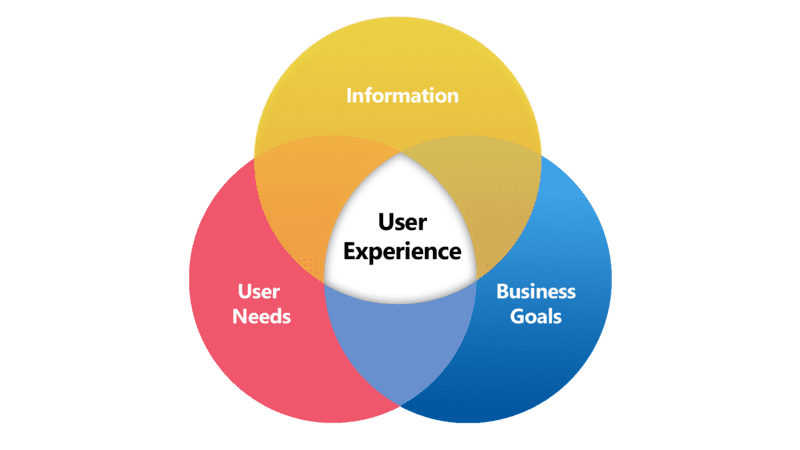
Image from Wikimedia
Why is user experience testing important?
User experience (UX) testing is crucial for ensuring that websites meet the needs and expectations of their users. By conducting UX testing, website owners can identify and address any issues or inefficiencies in their site's design, layout, and functionality.
Websites that do not perform UX testing are likely to be less friendly for both search engines and usability. Firstly, search engines prioritize websites that offer a positive user experience, including fast loading times, mobile responsiveness, and easy navigation. Without UX testing, websites may lack these essential features, leading to lower search engine rankings and reduced visibility. Secondly, poor user experience can frustrate visitors and cause them to leave the site quickly, resulting in higher bounce rates and lower engagement metrics. By neglecting UX testing, websites risk losing potential customers and failing to achieve their business goals.
What are the best practices in User Experience Testing for China?
Sampling Customers in Mainland China
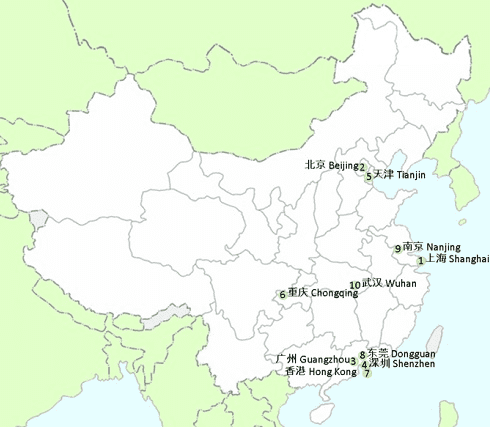
China Major Cities. Image from U China Visa
When choosing customers to sample from in Mainland China, four city tiers are often considered alongside other demographic, psychographic, and behavioral variables.
It is important to note that the Chinese government does not release or acknowledge any official definition or list of cities included in the tier system, resulting in the absence of official lists in the country. Nevertheless, numerous international media outlets often make use of this system for various purposes such as commerce, transportation, tourism, and education.
Most brands conduct research in Tier 1 cities like Shanghai and Beijing, as they represent the largest and wealthiest cities, as well as the cultural, political, and technological centers of China.
To better understand user experience in China and create customer personas, it can be helpful to include data from the country's other 10 megacities. This can validate the insights gained from Beijing and Shanghai.
Research on the competitive landscape must account for different distribution channels and customer access to products across urban cities.
As Tier 2 and 3 cities are six times the number of households in Tier 1 cities, some brands also diversify its user experience testing by tapping into non-Tier 1 cities.
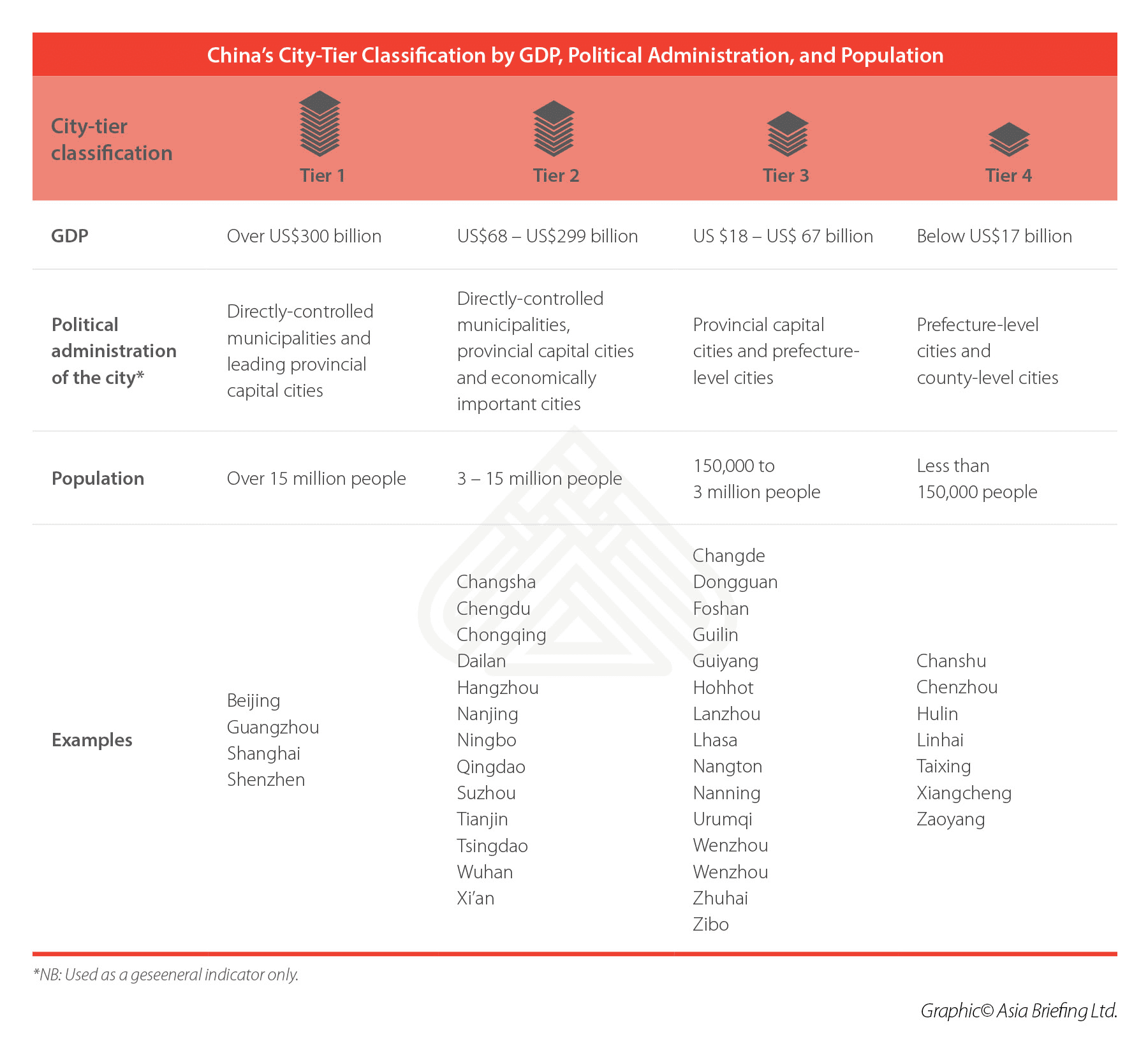
China City-Tiers. Image from Graphic Asia Briefing
Pay attention to cultural and linguistic diversity
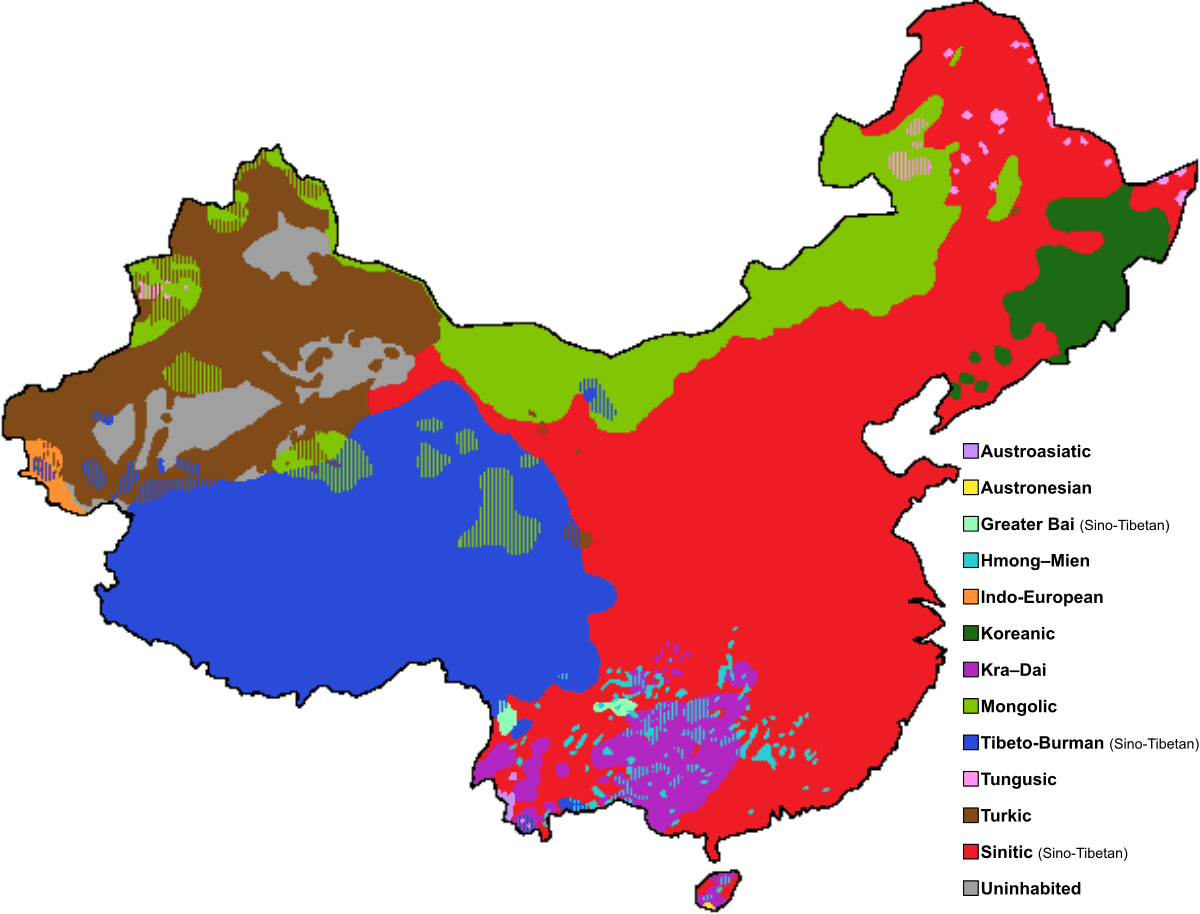
Languages of China. Image from Wikipedia
While most would think all Chinese speak Mandarin (or only Mandarin), they’d be quick to realize there’s more to the linguistic landscape in China and hence their localization process.
There are five major dialectical groups that are mutually unintelligible and cover 200 individual dialects.
It’s helpful to hire a local team to conduct research about your target audience and their linguistic profile which can localize the voice of your website content.
What are the tools for user experience testing in China?
Cultural and linguistic analysis tools
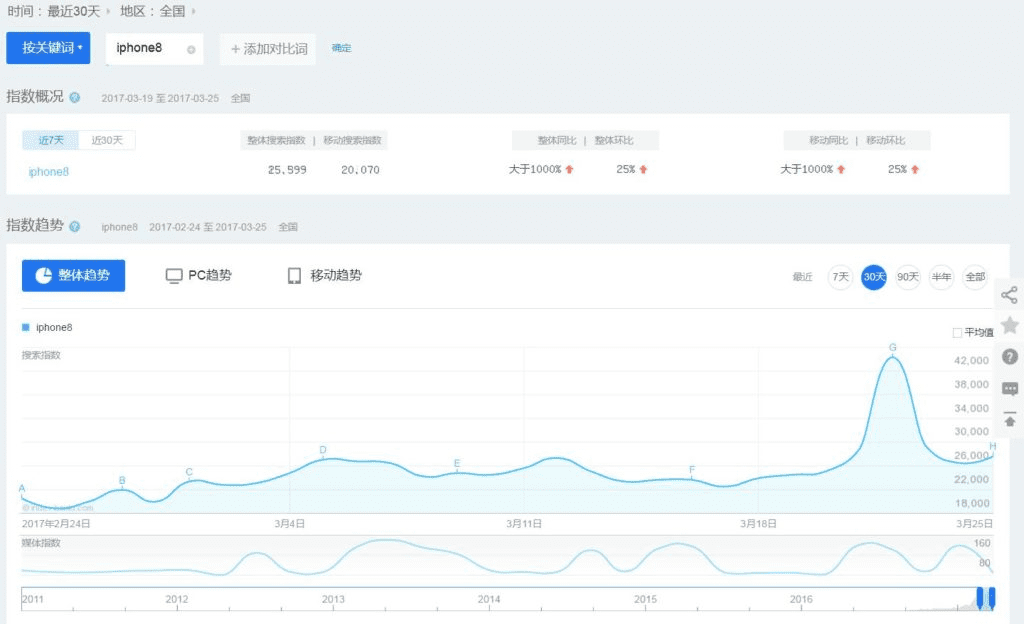
Baidu Index: Keyword Research. Image from Sampi Marketing
Tools like WeChat Index and Baidu Index can provide insights into trending topics, cultural references, and linguistic nuances relevant to Chinese users, informing UX design decisions.
User testing platforms
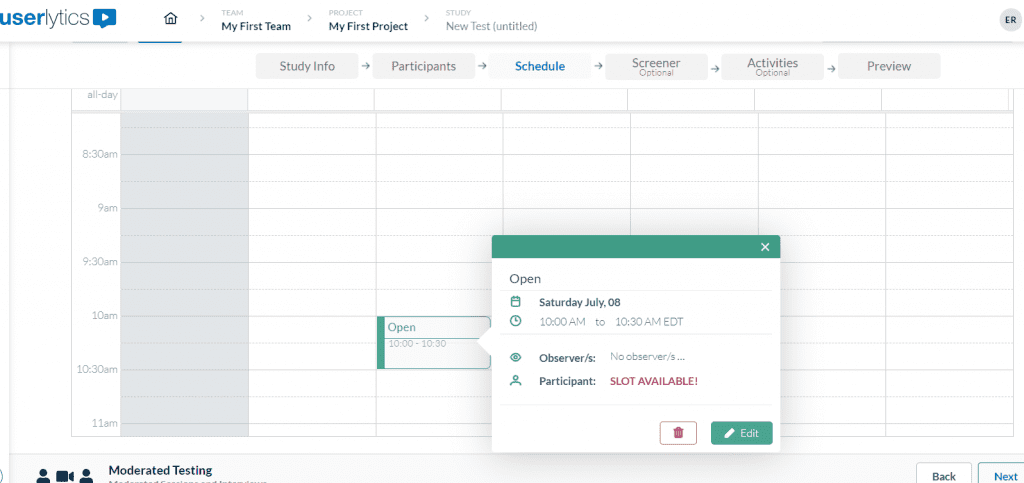
Launching a moderated study in Userlytics. Image from Userlytics
Platforms like PingPong and Userlytics offer user testing services specifically tailored to the Chinese market, providing access to a diverse pool of Chinese users for feedback.
These platforms typically operate by allowing businesses to create user testing tasks or scenarios, which are then assigned to selected participants from their pool of Chinese users.
Participants are instructed to complete these tasks while sharing feedback on their experience, which can include written responses, audio recordings, and even screen recordings.
PingPong and Userlytics offer a range of services and features to facilitate user testing in China. This includes the ability to target specific demographics or user segments, such as age, gender, location, and device type.
Additionally, these platforms often offer analytics and reporting tools to help businesses analyze the feedback and insights gathered from these user testing sessions.
Remote testing tools
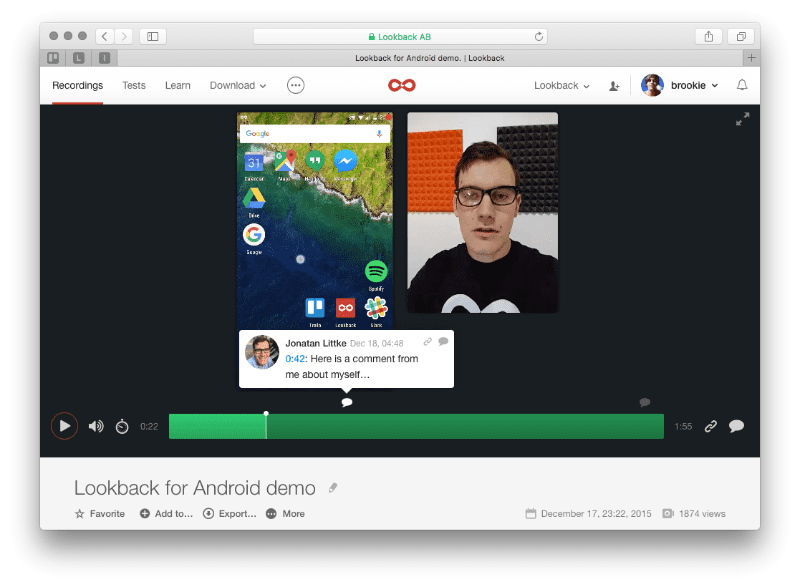
Lookback for Android Demo. Image from Insight Platforms
Remote testing tools such as Lookback and UserZoom enable researchers to conduct UX testing remotely, facilitating access to participants across different regions of China.
How can user experience in China be optimised?
User Experience team should regularly gather feedback and iterate
Maximize the effectiveness of your UX testing by using the above tools to conducting remote tests and capture real-time feedback.
Consistently gathering feedback from users through surveys, interviews, and analytics is vital in pinpointing areas for improvement on your website.
By harnessing the insights acquired from user feedback, companies can progressively enhance their products and services, making adjustments that align with user needs and preferences.
This continuous feedback loop guarantees ongoing improvement and cultivates a user-centric approach to product development.
The findings of user experience testing should inform teams across pillars such as design, development, and marketing to promote joint-effort for growth in China.
Make sure that the development team ensures technical compatibility in China
Common plugins and resources found on global websites, like Facebook and YouTube, may be inaccessible in China.
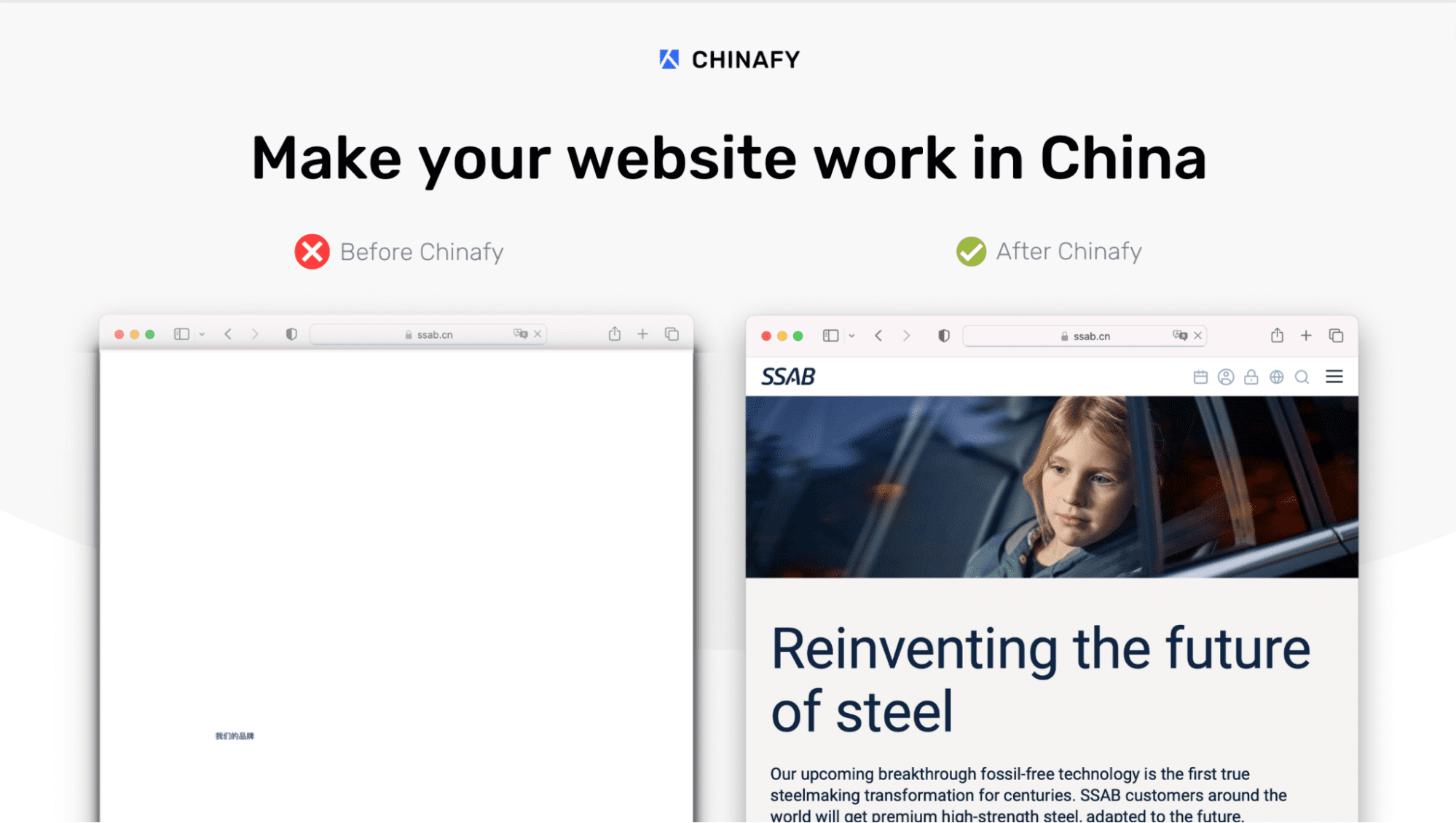
Chinafy tackles this specific unique challenge.
Chinafy is the only China web compatibility solution in the market that is able to identify, modify, and resolve incompatible resource issues to ensure they load quickly and completely in China by means of removal, replacement and more.
Google Maps, for example, are auto-converted into their Baidu Maps equivalent by China.
Used in conjunction with Chinafy’s fully-managed Content Delivery Networks (CDNs) - or your own - the platform also identifies slow primary resource assets (i.e. images) and accelerates them as needed.
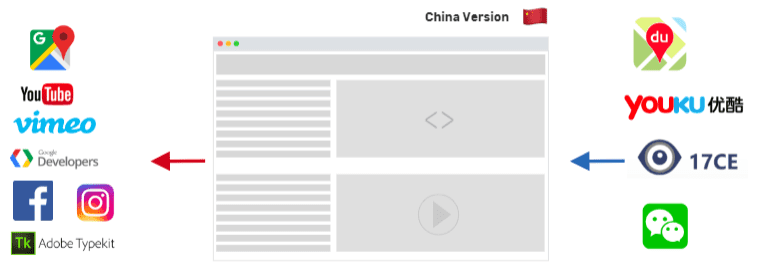
Note: Chinafy does not grant access to officially blocked websites. Instead, its focus lies in optimising technically inaccessible websites, ensuring they adhere to best practices for visitors in China.
Ready to optimise your website for China? Click Get Started to evaluate your website with Chinafy



1 - Expected post-Chinafy results






























